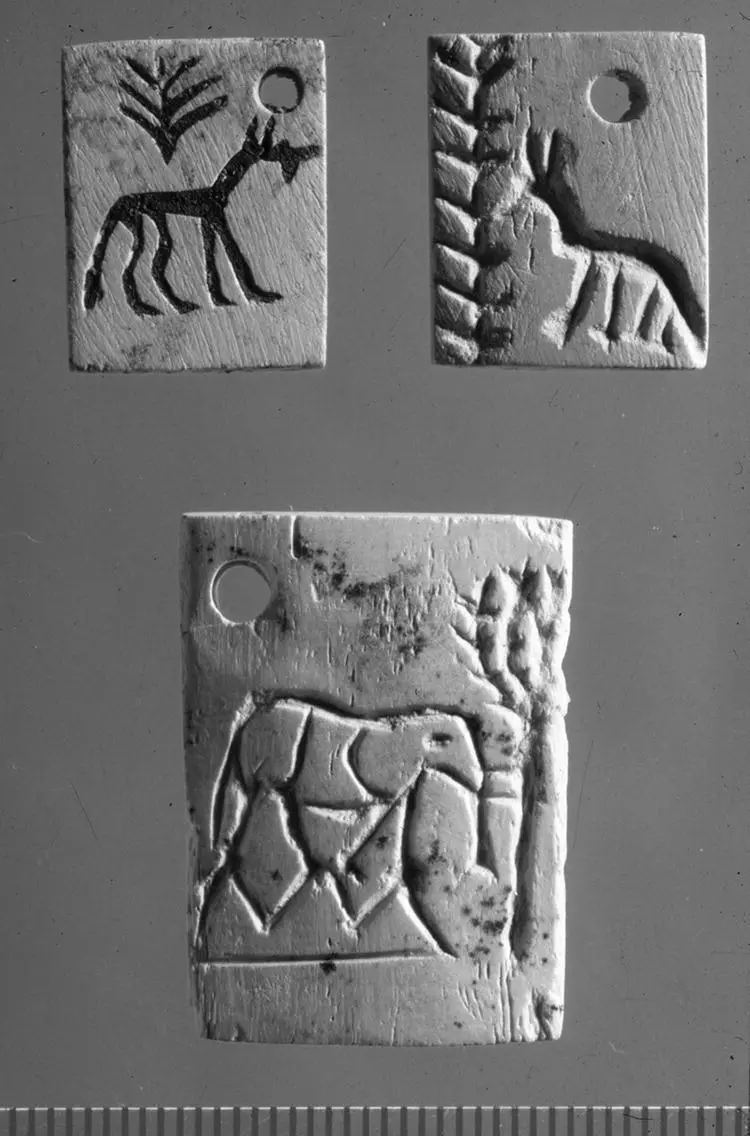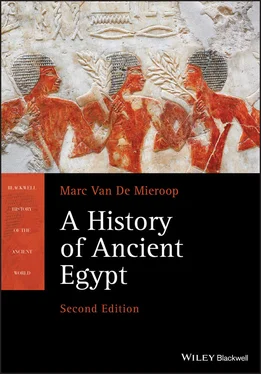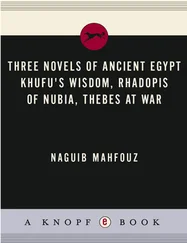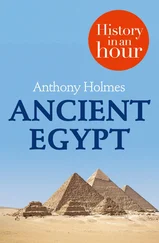As is true for all of ancient Egyptian history, we reconstruct dynasties on the basis of later king lists. The names that appear there do not fully correspond to those on Early Dynastic objects, which use different names and include many additional kings. Hence modern scholars developed the concept of a dynasty 0 to fit names attested epigraphically only. The annals on the Palermo Stone (see Chapter 1) cover some kings of this period, and provide a year‐by‐year account of mostly ritual actions. The identification of the kings involved is not always certain, and the information provided is extremely terse.
There exists a very rich visual record for this period. Numerous stone palettes and other objects were decorated. The representations were often only animals, but some depict the king in action as a warrior, for example. The “reading” of such scenes is not easy, but they did present an important message the kings wanted to communicate. While in the past scholars saw scenes like the one on Narmer’s palette (see Figure 2.3) as a commemoration of a specific event, today they tend to see them as a generic portrayals of a royal act. Such a reading changes the historical use of the object radically.
| Summary of dynastic history Late Predynastic–Early Dynastic Period (ca. 3400–2545) |
| ca. 3400–3000 |
Late Naqada period |
| Growth of regional centers at Naqada, Hierakonpolis, and Abydos |
| Monumental tombs at Abydos |
| ca. 3200–3000 |
Dynasty 0 |
| Kings Scorpion, Narmer, etc. |
| First attempts at full unification of Egypt |
| End of A‐group culture in Nubia |
| ca. 3000–2890 |
1st dynasty |
| Definitive unification of Egypt |
| Capital at Thinis (near Abydos cemetery) |
| Establishment of Memphis near junction of Upper and Lower Egypt |
| ca. 2890–2686 |
2nd dynasty |
| First royal tombs at Saqqara (alongside Memphis) |
| First known writing of entire Egyptian sentences |
2.2 Royal Cemeteries and Cities
The Late Naqada culture
By 3400 people throughout Egypt surrounded themselves with similar tools and objects in life and in death, which shows us that they shared a common culture, coined Naqada IIC and III by modern archaeologists. But they did not live under a single political structure. Various centers of power coexisted within a network of villages that spread across the country. The three centers that seem to have been the most prominent were all located in a 125‐mile (200‐kilometer) stretch in the southern half of Egypt: Hierakonpolis, Naqada, and Abydos. Especially the cemeteries of these sites show that the processes of social stratification that had started centuries earlier had fully developed. All these sites had distinct cemeteries for common people and the elites, and the tombs of the latter could become very large in size and elaborately built; they also contained numerous and expensive grave goods.
The tendency to devote more resources to the burials of elite individuals culminated at Abydos, located to the north of Naqada. Here was the cemetery of the first kings of Egypt, but already before the unification of Egypt some people buried there received large tombs. One tomb, whose occupant is unidentified (the excavators call the tomb U‐j), had 12 rooms and, although it had been robbed before excavation, it still contained many bone and ivory objects, much Egyptian pottery, and remains of 800 jars imported from Palestine, which probably were filled with wine or oil originally. Among the ivory objects were some 160 small square labels incised with images that scholars interpret to signify various places in Egypt ( Figure 2.2). Similar markings were drawn in ink on some 125 jars. They suggest that people from various parts of the country and beyond shipped goods to Abydos to honor the person buried around 3250 BC.

Figure 2.2 In a tomb of the Late Naqada period at Abydos, called U‐j by its excavators, were discovered some 160 bone and ivory tags bearing images perhaps precursors to those of the later hieroglyphic script. These most likely indicate the regions from which goods donated to the tomb owner derived. The sides of the tags measure between 1 and 2 cm, and they have a hole with which to tie them to a container.
Source: German Archaeological Institute, Cairo Department
Tomb U‐j was dwarfed in size by nearby tombs whose occupants are known to us from inscriptions. They include three kings from Dynasty 0, six kings and one queen of the 1st dynasty, and two kings of the late 2nd dynasty. All are large subterranean complexes, with multiple rooms that were built of mud brick and became increasingly deeper. Above ground was probably only a low earthen mound. The names of the occupants appear sometimes on steles set up above the tombs, or we know them because of the writing found within the tombs on jars and on seal impressions and labels originally attached to goods. Although all tombs had been looted and burned in the 3rd millennium, they still contained evidence of their original wealth when excavated in modern times. Beads of semi‐precious stones, gold, and silver were strewn around, while numerous vessels were stacked in the rooms. Among them were many jars from Palestine that held perfumed oil, which was highly valued. In the entrance of one tomb people poured oil three feet (90 centimeters) deep in order to make the air smell pleasant.
The king’s body was placed in a wood‐lined shrine, while the secondary rooms often contained the corpses of people and animals. Analysis of the bodies shows that the servants were strangulated to accompany the king in death, while his pet dogs and lions, as well as some dwarfs, were killed so that they could entertain him in the afterlife. Human sacrifice was a short‐lived practice in Egypt, abandoned after the 1st dynasty. Its appearance at this time shows how powerful the kings were in society.
The cemeteries at Naqada, Hierakonpolis, and Abydos were attached to walled settlements which have drawn increased archaeological interest in the past few decades. It is clear that certain institutions arose in them that provided services to large groups of people. At Hierakonpolis, for example, there were industrial‐sized breweries made up of large vats that could easily have produced 300 gallons of beer a day. Since beer was a very important source of nutrition at the time, this indicates that at least part of food provision was centralized. At Hierakonpolis too there was a monumental complex with an administrative center, craft workshops, and a ceremonial area with buildings made of wood and reed alongside a large oval courtyard. Some of the inhabitants of all three towns were also involved in importing goods from outside the Nile Valley, an activity facilitated by their location near a wadi that gave access to routes into the desert. From Naqada one reached gold mines in the eastern desert, while Hierakonpolis controlled access to Nubia in the south and Abydos had close contacts with Palestine in Asia, the source of semi‐precious stones, metals (especially copper), and agricultural products such as wine and oil. The people with these distant contacts seem to have gained special prominence that gave them power over others. Egyptian society had become fully hierarchical with a select group on top, supported through the labor of the local agricultural populations. The elites surrounded themselves with specialists, such as craftsmen who created the art and architecture that confirmed their special status.
Читать дальше













